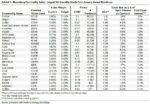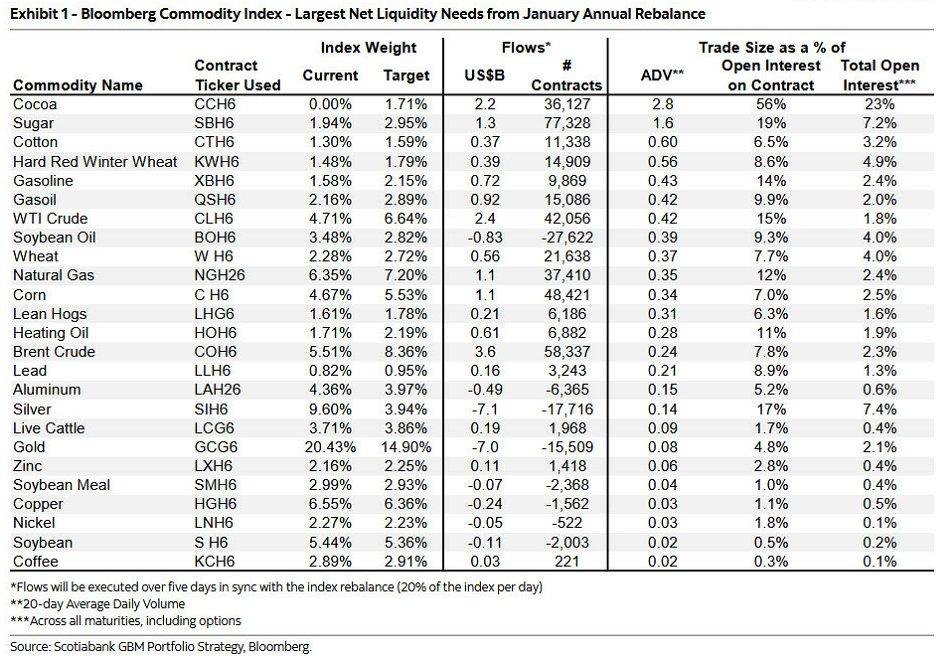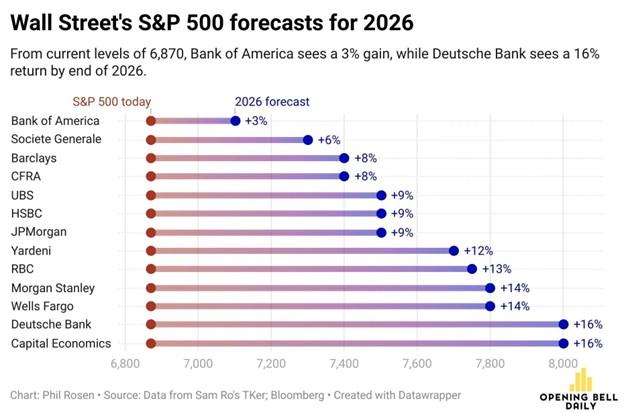Since the response to Covid-19, the preeminent economic concern of the American public has been, simply put, price inflation. In an attempt to curry favor with the electorate, Vice President Kamala Harris recently declared support for price controls to combat high prices, which she attributes to supply chain issues and corporate greed.
Today, it often seems that our country’s scope and knowledge of history is reduced to a few platitudes concerning markets that date back no further than the mid-1930’s, or perhaps the 1920’s. Inflation and currency debasement, however, go much further back. Furthermore, they are often accompanied by attempts to correct them with price controls. This has especially been the case with empires.
In the past year, there was a meme of sorts, where women would be perplexed to find out just how often their husbands, when asked, reflected on the Roman Empire during the course of a week. The men might even mention the Colosseum, the aqueducts, or Caesar’s conquest of Gaul to state what in particular they thought about when thinking upon Rome. If we want to learn about currency debasement and price controls, I am of the opinion that we should be looking to the Third-Century Crisis.
The Crisis of the Third Century was an approximately 50-year period during the Roman Empire, which lasted from 235-284 AD. Among the many problems that Rome would face during this period was a currency debasement. This devaluation of their currency was achieved through reducing the amount of silver in the Roman denarius.
The Romans spent more than they could afford, as is often the case of empires. Wars against the Goths, Allamani, and Sassanids increased military spending dramatically. Public works and social aid also grew. The Völkerwanderung, or Migration of the peoples, saw Rome flooded with Germanic tribes settling within its borders, which also impacted their spending. The military expanded and, in the span of around 200 years, the Roman denarius had gone from being minted with 95-98% silver to around 2-5% silver. The silver, which gave the denarius recognized value, was reduced by over 90%.
The dollar is, of course, not a coin, nor is it backed any longer by any commodity. It is a fiat currency. Instead of reducing the silver or gold in the minting process, our currency devaluation is done through the inflationary printing of more dollars. In just a little over one hundred years since the Federal Reserve was founded in 1913, the US dollar has depreciated by 97%. For example, in 1913, a pound of bread’s average price was a nickel, while a pound of bread today, averages around $2.05.
In both the Roman and our contemporary instances, price controls have either been used or proposed as a solution to the increased prices. Of course, in either case, the so-called “culprit” of higher prices was not the policies of the emperors or the Federal Reserve, but the greed of the merchants. To combat these immoral actors, price controls take center stage.
At the beginning of the 4th century AD, the emperor Diocletian enacted the Edictum de pretiis rerum venalium (Edict Concerning the Prices of Goods for Sale)—a large edict that set price maximums on over 1,200 products. These price controls applied to products that ranged from foods, clothing, textiles, precious metals, and even slaves. Punishment for going against this edict could include death. Still, the price controls did not work, and instead created shortages, black markets, and higher prices.
While Vice President Harris is currently downplaying her comments on combating “price gouging,” her instincts were initially similar to Diocletian’s, aside from punishments as steep as capital punishment, naturally. Harris’s initial speaking points on price controls were fairly straightforward.
“So, believe me, as president, I will go after the bad actors. And I will work to pass the first-ever federal ban on price gouging on food. My plan will include new penalties for opportunistic companies that exploit crises and break the rules,” Harris said. Like Diocletian, and others who enacted price controls, the truth about the weakening of the currency is not addressed, acknowledged, or suffered in any way. Instead, it is a newly-struck “greed” of the merchants, the corporations, or anyone that can be declared as “bad actors.”
When a government, modern or ancient, tries to address high prices by setting price controls, it will inevitably only lead to more economic hardships. The proper course of action would be to address the fact that the currency is being debased, and the causes that have led the government to debase the currency. Unfortunately, neither Roman emperors, nor Keynesian economists, nor opportunistic politicians tend to see the issue this clearly.
Full story here Are you the author? Previous post See more for Next postTags: Featured,newsletter



































